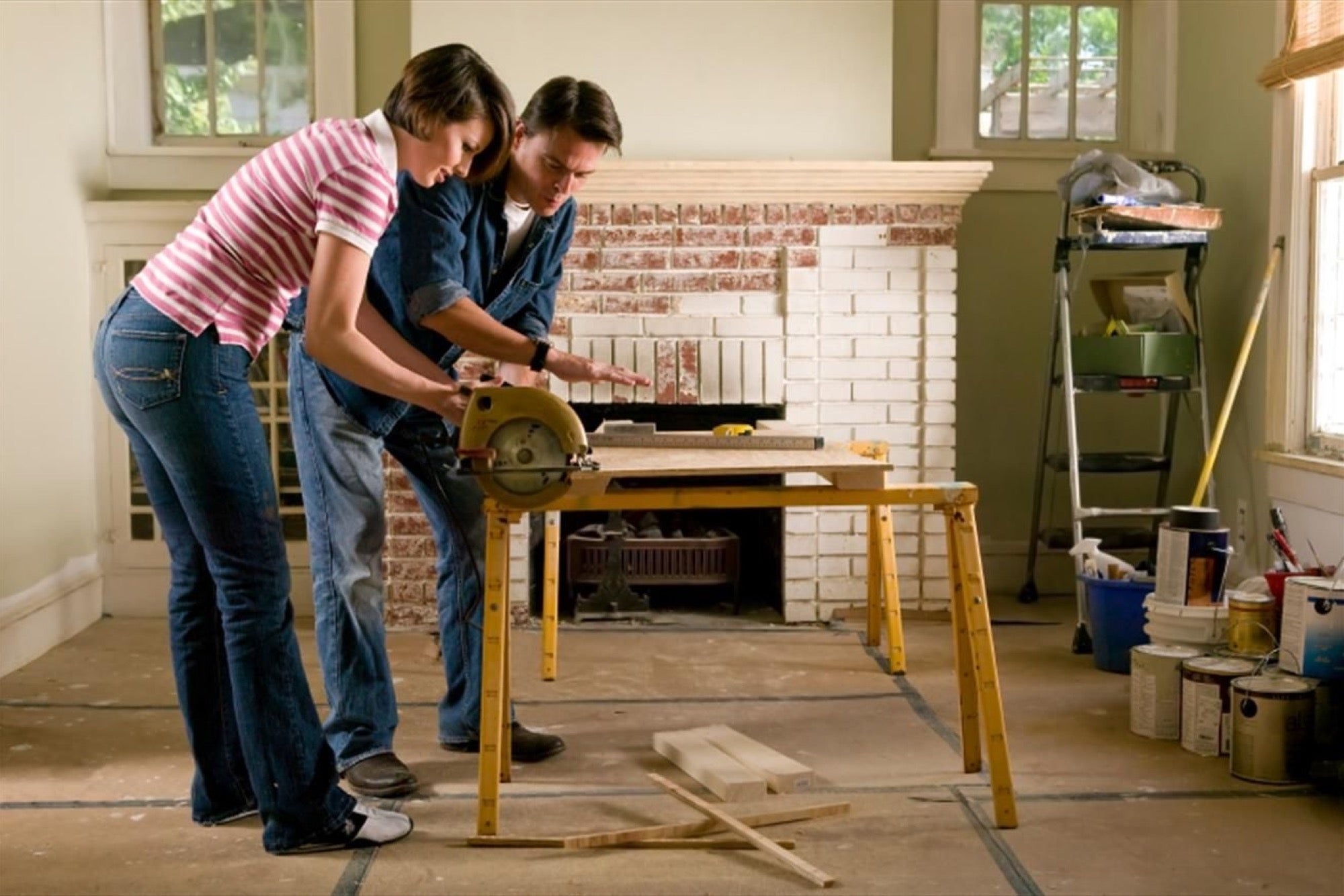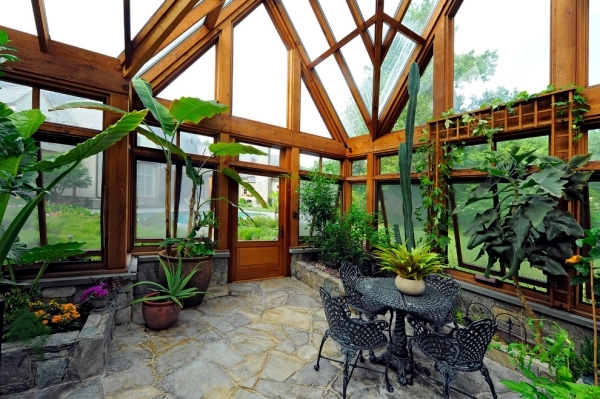We all know the important role of the sun when it comes to our survival. It is the source of most of the energy that we use on this planet. But it is also the source of the scorching heat we often experience.
It’s hard to escape the heat when temperatures start rising. But there are ways for you to make your home a cool place to live in—literally.
Table of Contents
Is Cooling My Home Worth It?
To answer this, you must first assess your environment’s climate. If you live in a place where it is often snowing, it would probably make sense to find ways to preserve heat inside your homes. But for those who often face the sun’s heat all year round, then yes, it is definitely worth trying.
With a cooler home, you are much less likely to rely on indoor air conditioning to keep cool. By setting your thermostats to higher temperatures, you may be able to save up to 10% on your bills.
It may also be easier for you to relax better with a cooler home. This is because sleep is induced when the body temperature mildly drops. It can also be helpful not just for relaxation but also for the quality of the sleep you get.
So how do you begin to create a cooler home? Here are your options.
Planting Trees and Plants Around Your Property
Trees and other vegetation are your allies when it comes to cooling your home. Trees can block a huge deal of sunlight from coming into your home. With less sunlight being absorbed into your homes, the less hot your houses can be. Trees also produce shade that can stop the heat from being absorbed into your concrete and wooden structures.
Shade is one thing. Transpiration cooling is another. Trees also cool the surrounding air through transpiration cooling. This happens when water from trees exits the stomata (or the pores of the leaves). When this water exits, it evaporates and effectively cools the surrounding air.
The more trees you plant, the cooler your home’s surroundings will become. But this is for people who have the patience to wait for trees to grow.
Sure enough, there are fast-growing trees that you can plant as soon as you buy your new home. But if you want an even quicker way of using vegetation for your cooling needs, you can use vines to create shade.
Vines can be a much faster alternative to trees. You can grow them on the side of your house. You can even use trellises and arbors and let the vines grow there. Making structures for vines to grow on can help spread the coverage they create.
If you already expect to plant trees before buying a new home, make sure to buy a lot with adequate space. This can be more costly, so be sure to have a mortgage calculator if ever you’ll go down this path.
Making Use of Shading Devices
Trees and plants are a good idea if you have ample land area. But if space is limited, or you don’t like the idea of waiting for trees to grow, then you can shade your home with multiple shading devices.
You can create structures such as gazebos and patios for shading. These can help you block the sunlight from directly hitting your living quarters. Not only are they useful for shading, but they are also decorative and functional in case you want to relax in the great outdoors.
Using sunshade tarps can also provide a much bigger shade for your house. If your tarps are waterproof, these can also double as protection from the rain. There are also shade nets that you may use above your patios and backyards. These nets are not only good for shading but are also excellent in catching leaves that fall on trees.
There are many available options for those who cannot plant trees on their property. This is ultimately up to the homeowner’s preferences.
Roofing Materials
Your roofing materials may also have a hand in your home’s ability to absorb heat. Some materials absorb more heat more than others, so be wary when choosing your roofing materials. Metal roofs reflect light better, while concrete roofs absorb heat slower.
The shape of the roofing tiles may also affect how well it cools. Terracotta tiles allow the air to flow below them, so they have a natural cooling system.
Lastly, the color of your roofs also makes a difference. Dark colors will generally absorb more heat. This principle exists not only in roofing. Dark-colored roofs are faster to heat up since they absorb more heat compared to light-colored roofs.
Whatever your reason may be for a cooler home, remember that it is achievable. With good effort and adequate research, you can gain a literally much cooler in no time.




